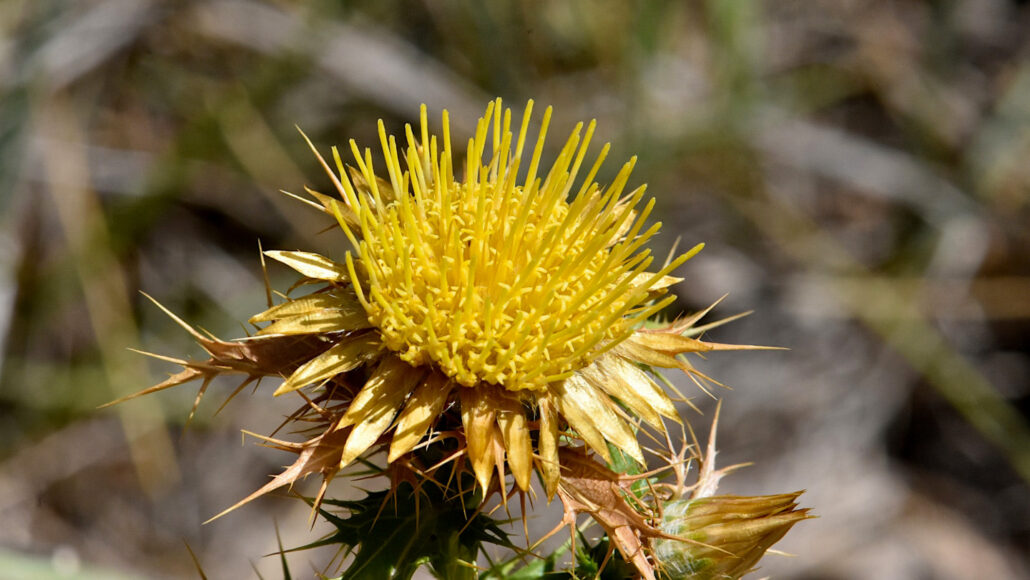
Plants
On hot summer days, this thistle stays cool to the touch
Its yellow flowers can cool themselves substantially, staying up to 10 degrees C (18 degrees F) cooler in extreme heat.
Come explore with us!

Its yellow flowers can cool themselves substantially, staying up to 10 degrees C (18 degrees F) cooler in extreme heat.

Urban garden specialist Kwesi Joseph is experimenting with rock dust and plants. He also helps New York City community and school gardens with gardening problems.
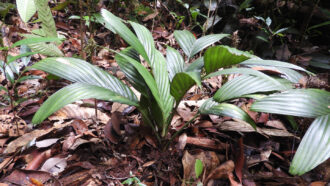
Plants across 33 families are known for subterranean flowering or fruiting. But this palm is extremely rare. It does both.

Blueberries actually have dark red pigments — no blue ones — in their skin. Tiny structures in the fruits’ waxy coat are what make them seem blue.
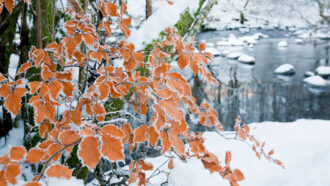
Autumn turns to winter, yet some trees' dead leaves keep hanging on.
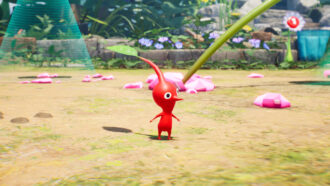
Corals team up with photosynthetic zooxanthellae. Some sea slugs steal chloroplasts. How might animals and plants team up in Nintendo’s Pikmin games?
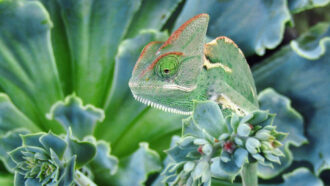
Plants and animals alike hide in plain sight using this sneaky strategy.
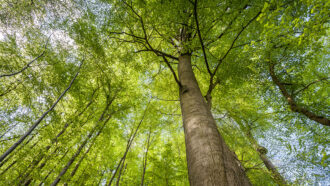
This cellulose and lignin, two major building blocks of trees, could lead to greener electronics.
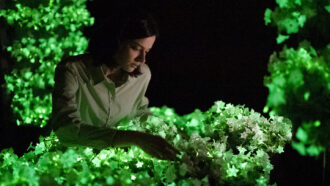
Some can aid the climate by removing pollutants. Others would just avoid dirtying the environment in the first place.
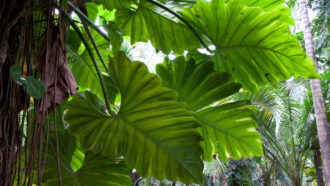
Earth’s ongoing fever threatens to push entire forests toward this heat limit — and possible death.